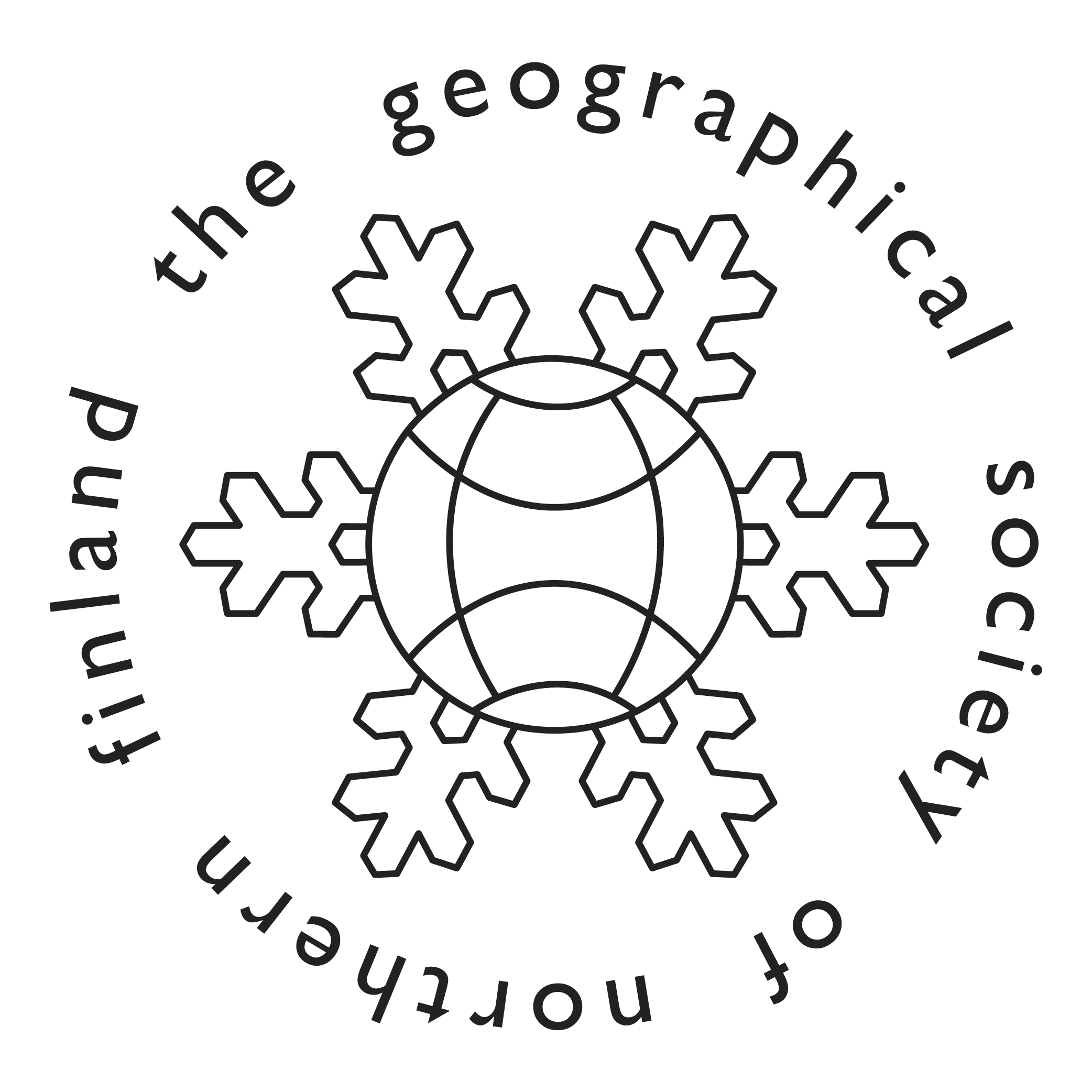Freshwater plant macroecology needs to step forward from the shadows of the terrestrial domain
Abstrakti
Freshwater plants, or macrophytes, make up only 1-2% of all plant species on Earth but play a crucial role in aquatic ecosystems. They are key to primary production, provide habitat and food for various organisms, and influence water quality. Despite their importance, freshwater plants face significant threats from global changes, which necessitates research at broader scales. Historically, freshwater plants have been less studied than terrestrial plants, partly due to a lack of global data and a focus on local scales by ecologists. Unlike terrestrial plants, freshwater plants do not always follow the same ecological patterns. In this text, we summarise current knowledge on three well-known macroecological patterns and how they differ between freshwater and terrestrial plants: latitude-species richness gradient, Rapoport’s rule and species replacement vs. species richness differences of beta diversity. For example, terrestrial plants follow the latitudinal diversity gradient hypothesis, whereas species richness peaks in the sub-tropics for freshwater plants. Although findings on Rapoport’s rule are less clear, research on terrestrial plants in North America shows that turnover (i.e., species replacing each other) is more significant in areas with high species richness and environmental stability, whereas nestedness (i.e., species composition at one site is a subset of a richer site) is more common in species-poor areas with high environmental variability. For freshwater plants, beta diversity patterns vary with latitude, but species replacement generally dominates over nestedness. Overall, freshwater plants exhibit unique macroecological patterns that differ from terrestrial plants, highlighting the need for more extensive research to understand their biodiversity and ecological roles. This can be achieved with more harmonized data sets and equal research efforts in both realms. Better knowledge of macroecological patterns and their drivers for freshwater plants is crucial for conservation efforts and policy-making aimed at preserving plant species diversity and sustaining ecosystem services in freshwater environments.
Julkaistu
Viittaaminen
Copyright (c) 2025 Janne Alahuhta, Jorge García-Girón, Eugenio Molina-Navarro, Kevin Murphy

Tämä työ on lisensoitu Creative Commons Nimeä-EiKaupallinen-EiMuutoksia 4.0 Kansainvälinen Julkinen -lisenssillä.







